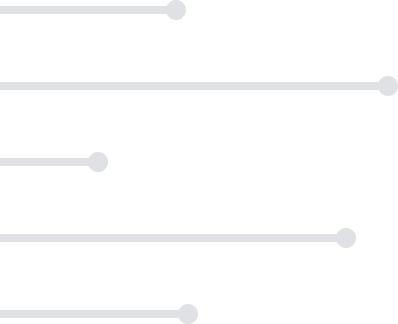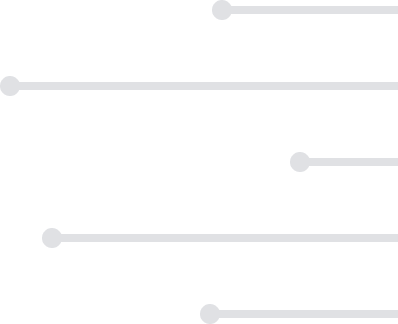
$79
Plus membership
4 Credits
All courses include:
eTextbooks
2 to 3-day turnaround for grading
Multiple chances to improve your grade
On-demand tutoring & writing center
Student support 7 days a week
$79
Plus membership
4 Credits
All courses include:
eTextbooks
2 to 3-day turnaround for grading
Multiple chances to improve your grade
On-demand tutoring & writing center
Student support 7 days a week
Calculus I
$79
Plus membership
4 Credits
About This Course
ACE Approved 2024
General Calculus I acquaints you with calculus principles such as derivatives, integrals, limits, approximation, applications and integration, and curve sketching.
What You'll Learn
Demonstrate the continuity or discontinuity of the function.
Solve the limit problems by using various limit laws.
Demonstrate various rules of derivatives.
Compute derivatives.
Demonstrate derivatives for trigonometric, exponential, and logarithmic functions
Apply Implicit differentiation
Apply L’Hôpital’s Rule to find the limit of indeterminate forms.
Sketch the graphs using the derivatives.
Compute area between the curves using integration.
Solve vertical motion problems.
Illustrate the Fundamental Theorem of Calculus.
Demonstrate convergence and divergence of improper integrals.


Your Life, Your Schedule, Your Education
Transfer into over 3000+ institutions that accept ACE courses or transfer directly into 180+ partner schools.
request information
This course is designed to acquaint students with calculus principles such as derivatives, integrals, limits, approximation, applications and integration, and curve sketching. During this course, students will gain experience in the use of calculus methods and learn how calculus methods may be applied to practical applications. Topics covered include Special Functions, Limits, Derivatives, Computational Techniques, Applications of Differentiations, and Applications of Integration.
Precalculus is a required prerequisite for General Calculus I. If you enroll, the assumption is made that you have previously completed Precalculus for credit with a passing score.
| Topic | Subtopics |
|---|---|
| Preliminaries and Functions |
|
| Limits and Continuity |
|
| Derivatives |
|
| Computational Techniques |
|
| Implicit Differentiation |
|
| Dealing with Indeterminate Forms |
|
| Applications of Differentiations |
|
| Curve Sketching |
|
| Introduction to Integrals |
|
| Applications of Integration |
|
| 3 Techniques of Integration |
|
| Special Functions |
|
Your score provides a percentage score and letter grade for each course. A passing percentage is 70% or higher.
Assignments for this course include:
- 4 Graded Topic Reviews
- 4 Graded Quizzes
- 4 Graded Exams
- 1 Graded Final
This course does not require a text.
General Calculus I students also take:
Helpful resources:







